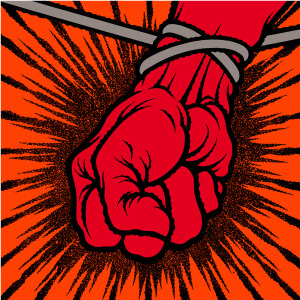 |
| A labeled anatomical diagram of the vocal folds or cords. (Photo credit: Wikipedia) |
Good professional singers not only have to be fit and healthy to look good for stage performances, but they must also know how to maintain and preserve a good singing voice.
You have only one voice and when your voice is damaged permanently, it will probably spell the end of a singer's. Many singers who have not been through professional singing coaching by good singing coaches or attend any singing schools may not even know that they may be damaging their voice.
Many singers also forget that when their singing voice does not feel right and they are not singing effortlessly as they should be, they will have a tendency to compensate with bad and unhealthy singing habits. These newly created or old bad habits may become stuck unconsciously and will have to be unlearned with the right vocal exercises. That is if the singer is aware that such habits are already in existence in the first place.
There are many things you can do to damage your singing voice and sometimes the damage will lead to permanent damage to your vocal cords. Here are some examples of what can harm your voice and there are many more.
a) Constant screaming or talking forcefully all the time. This happens very often if you are singing in a night club environment where you have to speak above the din to be heard.
Making funny voices may be cute, but you may be doing terrible damages to your vocal folds.
b) Dry air and/or not enough water consumption will dry up your larynx and thus placing too much friction on them.
c) Poor diet, lack of sleep, stress will place more toll on your body and your singing mechanism.
d) Caffeine consumption, alcohol consumption, smoking will also damage your voice.
e) Talking, singing, or whispering when you have laryngitis or sore throat. You need to rest your voice when you have a sore throat.
Making funny voices may be cute, but you may be doing terrible damages to your vocal folds.
b) Dry air and/or not enough water consumption will dry up your larynx and thus placing too much friction on them.
c) Poor diet, lack of sleep, stress will place more toll on your body and your singing mechanism.
d) Caffeine consumption, alcohol consumption, smoking will also damage your voice.
e) Talking, singing, or whispering when you have laryngitis or sore throat. You need to rest your voice when you have a sore throat.
True professional singers must spend a lifetime working to minimize the stresses on their voices. Why should they want to destroy their singing career by being ignorant about what these bad habits can do to their singing?
What is more, if the voice is damaged because of frequent abuse and polyps grow on the larynx, they may even need to go for surgery to remove the polyps. That will mean an of income and avoidable medical expenses. So you must preserve and maintain a healthy singing voice if you want to have a successful singing career.





